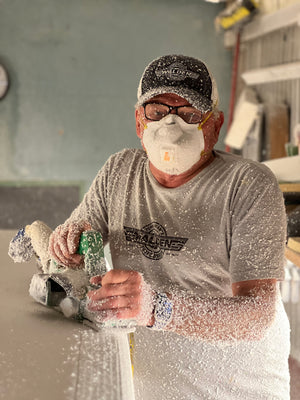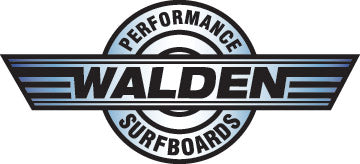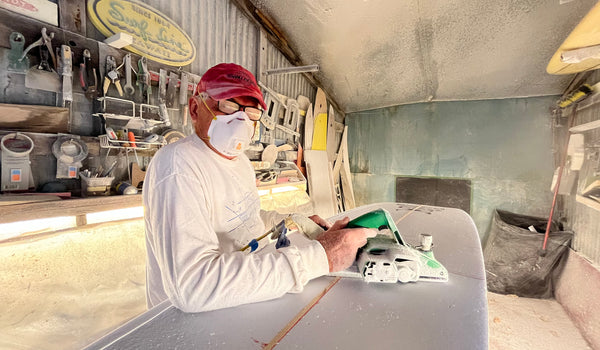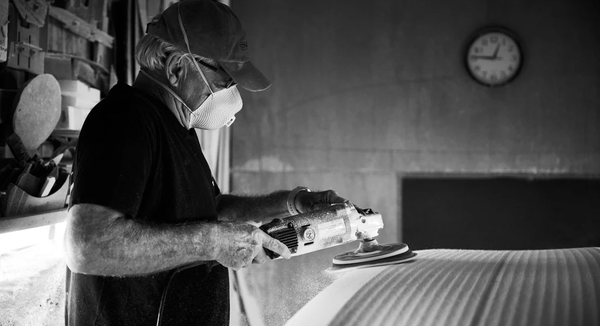Shaping Surfing for 60 Years—And Beyond
For nearly 60 years, Steve Walden has been shaping - not just surfboards but surfing history, carving out a place among the surf legends as an innovative, forward-thinking shaper. Known as the "Father of the Modern Longboard" for his iconic board the "Magic Model", a longboard that surfs like a shortboard - fast, and maneuverable yet easy to catch waves on.
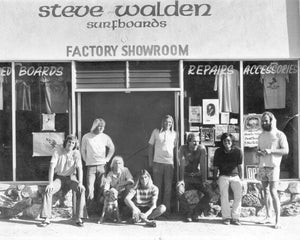
THE ORIGIN OF WALDEN SURFBOARDS
It all began in the summer of 1961, at the age of 13, Steve and his best friend Larry Moore got a ride from Larry's mom to the south side of the pier in Huntington Beach, it was their first surf trip that set the trajectory of both of their lives. That day in Huntington Beach, Steve caught his first wave and rode all the way to the beach & his love of surfing began. Larry went on to be the photo editor of Surfing Magazine, and Steve would go on to found Walden Surfboards.
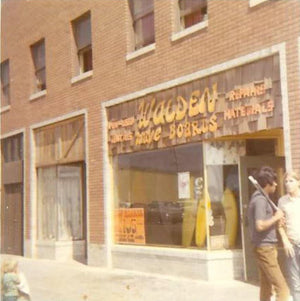
The Start of A legacy
Steve’s journey into shaping began in his childhood garage, where he first taught himself to repair his own boards—then his friends’. By 1965, he was crafting his own designs, and by 1968, he was shaping for Greek Surfboards. That same year, he launched Walden Wave Boards in Huntington Beach, marking the start of his own legendary surfboard label.
Shaping a Legacy
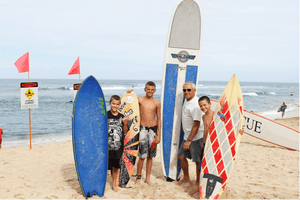
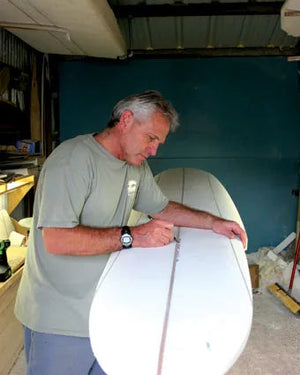
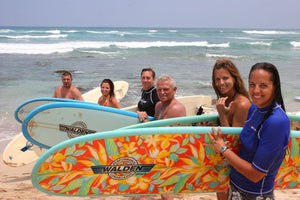
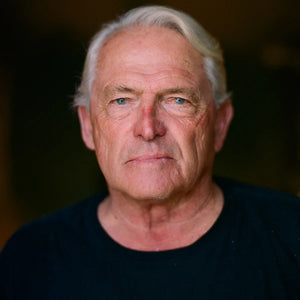
Walden Surfboards: The Innovation Continues
For over 60 years, Steve Walden has been at the forefront of surfboard innovation. Never one to dwell on nostalgia, he constantly pushes the boundaries of design, materials, and construction techniques. From revolutionizing the modern longboard to pioneering alternative materials and distribution channels, Steve has always been ahead of the curve.
He embraced online sales before most surfboard shapers had a web presence and launched Walden Wahine, a dedicated women’s line, despite industry skepticism. His commitment to progress extends to battery-powered surfboards, carbon fiber boards, and even foldable designs.
Now entering his sixth decade with Walden Surfboards, Steve isn’t slowing down. In 2025, he’ll unveil his next groundbreaking design—because for him, the innovation always continues.
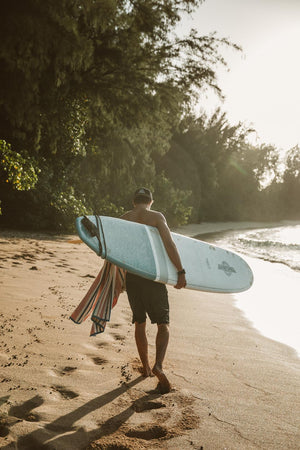
Built wave by wave
At Walden Surfboards, trust is built on consistent quality, cutting-edge design, and expert customer support—whether you’re looking to find, fix, or purchase the perfect board.
Our philosophy is simple: everyone who rides a Walden is part of our crew. We’re an inclusive, not exclusive brand, welcoming surfers of all levels. Whether you’re catching your first wave or pushing the limits of performance, we’re committed to crafting the best boards for every rider.
Beyond the water, we believe in giving back, supporting our community through charity partnerships and civic initiatives. Our mission is clear: build great boards, create happy riders, and foster a strong, connected surf community.
More Than a Board, It’s a Legacy
Steve Walden didn’t just shape boards; he shaped surfing — his legacy lives in every curve, contour, and wave ridden. His passion for surfing has touched generations—and it continues to guide everything we do. As we celebrate 60 years of wave-riding history, we invite you to be part of the journey. Explore our boards, ride with us, and carry the legacy of Walden Surfboards wherever the waves take you.
